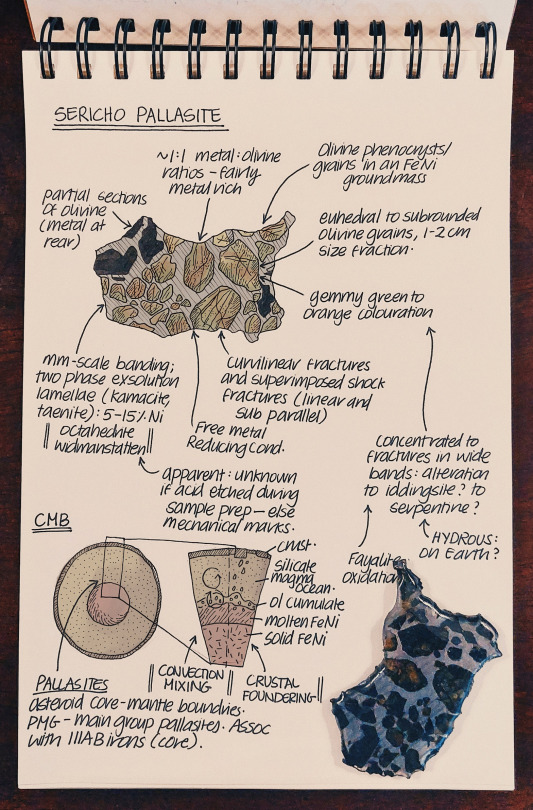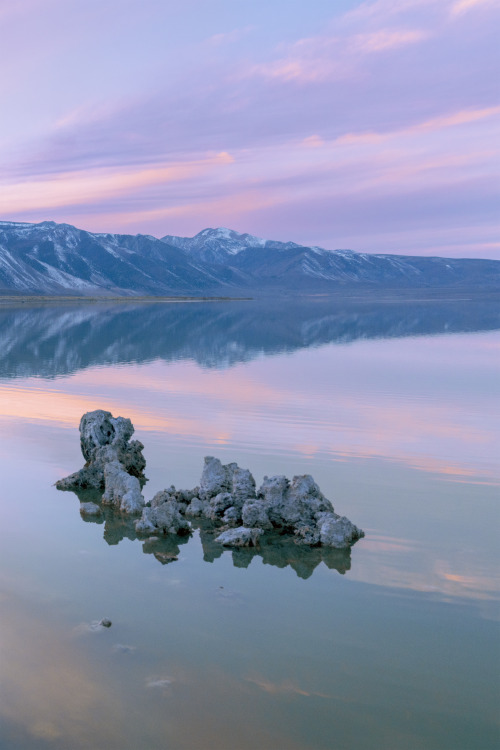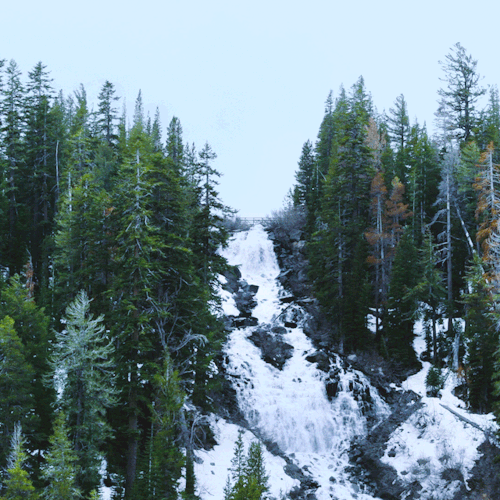Latest Posts by jimmycuadx - Page 2
Hello
Hi

Great!

Aurorae and Lightning on Jupiter : Why does so much of Jupiter’s lightning occur near its poles? Similar to Earth, Jupiter experiences both aurorae and lightning. Different from Earth, though, Jupiter’s lightning usually occurs near its poles – while much of Earth’s lightning occurs near its equator. To help understand the difference, NASA’s Juno spacecraft, currently orbiting Jupiter, has observed numerous aurora and lightning events. The featured image, taken by Juno’s Stellar Reference Unit camera on 2018 May 24, shows Jupiter’s northern auroral oval and several bright dots and streaks. An eye-catching event is shown in the right inset image – which is a flash of Jupiter’s lightning – one of the closest images of aurora and lightning ever. On Earth (which is much nearer to the Sun than Jupiter), sunlight is bright enough to create, by itself, much stronger atmospheric heating at the equator than the poles, driving turbulence, storms, and lightning. On Jupiter, in contrast, atmospheric heating comes mostly from its interior (as a remnant from its formation), leading to the hypothesis that more intense equatorial sunlight reduces temperature differences between upper atmospheric levels, hence reducing equatorial lightning-creating storms. via NASA
Helloo
Hi there
Great day
Good night
Hi everyone!

Link, great tutorials
great!
tumblr tuesday: goblins & geologies
Hello to you on this vertically oriented igneous Tuesday. Today, we bring you some of the best rock-related content here on Tumblr. Whether you like your stones small and shiny or huge and hurtling through space, here are some good places to go for your lithic fix. Think of this as a small yet charming troll sharing with you their favorite treasures.
~
“Giant woman of the woods,” @honeyhemlocked, lives in a cabin in the woods (yeah, it looks as charming as it sounds). Here’s a selection of some of the stones she’s gathered:

@geologicaltravels shares original photos relating to geology, astronomy, meteorology, and biology—from 40 years of traveling the earth!

Zürich-based artist Alexis Desjardins shares (often hauntingly) serene impressions of places in Europe on @docileeffects, while displaying an impressive rock-to-not-rock ratio:

@thesilicontribesman is a multi-media artist and educator working in the northwest of England who shares images of local lithic materials and the stories they tell:

@mineralsandsomerocks is kind of a pro when it comes to geological matter, having collected stones of some sort since the very beginning:

A self-confessed fan of “museums of bones and stones,” @twofacedgods has formally studied geology and is an aspiring volcanologist, astrobiologist, and space scientist.

great!
Interesting:


A Phoenix Aurora over Iceland : All of the other aurora watchers had gone home. By 3:30 am in Iceland, on a quiet September night, much of that night’s auroras had died down. Suddenly, unexpectedly, a new burst of particles streamed down from space, lighting up the Earth’s atmosphere once again. This time, surprisingly, pareidoliacally, the night lit up with an amazing shape reminiscent of a giant phoenix. With camera equipment at the ready, two quick sky images were taken, followed immediately by a third of the land. The mountain in the background is Helgafell, while the small foreground river is called Kaldá, both located about 30 kilometers north of Iceland’s capital ReykjavÃk. Seasoned skywatchers will note that just above the mountain, toward the left, is the constellation of Orion, while the Pleiades star cluster is also visible just above the frame center. The 2016 aurora, which lasted only a minute and was soon gone forever – would possibly be dismissed as an fanciful fable – were it not captured in the featured, digitally-composed, image mosaic. via NASA
:|


We're so sorry to hear about (and report) the death of beloved kids' books author Gary Paulsen -- whose classic Hatchet taught generations of kids to survive in the woods.
Our own Weekend Edition producer Samantha Balaban interviewed Paulson earlier this year when his memoir Gone to the Woods came out, and she wrote a lovely appreciation of him, which you can see here.
-- Petra
Great!

Northern Winter Night : Orion always seems to come up sideways on northern winter evenings. Those familiar stars of the constellation of the Hunter are caught above the trees in this colorful night skyscape. Not a star at all but still visible to eye, the Great Nebula of Orion shines below the Hunter’s belt stars. The camera’s exposure reveals the stellar nursery’s faint pinkish glow. Betelgeuse, giant star at Orion’s shoulder, has the color of warm and cozy terrestrial lighting, but so does another familiar stellar giant, Aldebaran. Alpha star of the constellation Taurus the Bull, Aldebaran anchors the recognizable V-shape traced by the Hyades Cluster toward the top of the starry frame. via NASA
Hi there, how are you.










